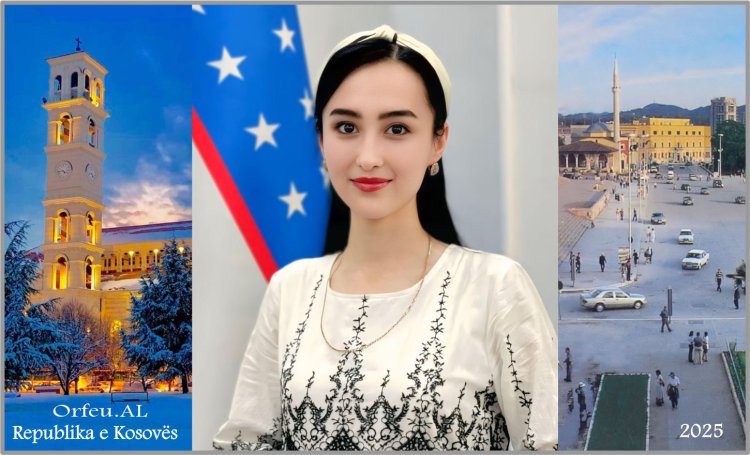Elbekova Shohsanam, Uzbekistan
Topic: Methodology for Developing Students’ Creative Abilities Based on Heuristic Education
The main and fundamental task of modern education is to encourage the acquisition and creation of new knowledge by improving students’ intellectual level, creativity, ingenuity, and inquisitiveness. In particular, the heuristic approach to education is considered one of the most effective methods in this regard. Heuristic education is a methodological system aimed at developing students' independent thinking, problem-solving skills, and the generation of new ideas.
Let us take a closer look at the term “heuristics.” The word “heuristics” comes from Greek “heurist,” which means “I search,” “I find,” or “I discover.” Education based on heuristic methods plays a special role in organizing students' independent, active, and creative activities.
Heuristic teaching has been practiced since ancient times. Initially, in the learning process, it took the form of guided heuristic conversations, where a sequence of questions led students to engage in the process of solving problems themselves. In pedagogy, it was applied as a means to develop students’ thinking through goal-directed, productive activities.
Mathematicians were among the first to introduce this method to students, often referring to it as the “art of mathematical problem-solving.” Later, this method was also tried in teaching other subjects as a progressive and universal approach.
The issue was once explored by the philosopher-soldier and Greek mathematician Pappus of Alexandria, and later by the French philosopher and mathematician René Descartes. They concluded that heuristic methods are universal. As an advanced method, Jan Amos Comenius emphasized the need to integrate it into the educational system. He described heuristic teaching as a means of cultivating individuals capable of innovation through critical and creative thinking.
Russian pedagogue P.K. Kontrerev stated that the widespread use of heuristic methods in public schools creates a foundation for the formation of creative thinkers.
The widespread application of heuristic teaching began in the second half of the 20th century, particularly with the introduction of cybernetics into the educational process. This, combined with growing interest in research, creativity, and innovation, led to increased demand for the use of heuristics in teaching.
The main objective of the heuristic methodology is not to provide students with ready-made knowledge, but to motivate them to create new ideas by identifying problems, making assumptions, exploring, and discovering solutions. In this process, the teacher acts as a guide, managing students’ thought processes without providing direct answers.
Through heuristic methods, students develop abilities in creative thinking, critical analysis, hypothetical reasoning, and problem-solving.
From a methodological perspective, heuristic education includes the following stages:
1. Creating a problem situation – Generating interest in the topic through tasks that raise questions and require reflection.
2. Encouraging hypothetical thinking – Enhancing students’ ability to predict and hypothesize through questions like “What if…?”
3. Seeking creative solutions – Solving problems through various approaches, including unconventional methods.
4. Analyzing and evaluating results – Reflecting on the completed tasks, determining effectiveness, and drawing conclusions.
Additionally, heuristic methodology makes extensive use of creative techniques such as interactive games, role-plays, crosswords, and brainstorming sessions. These approaches increase students' interest in learning and foster new ways of thinking.
In conclusion, the methodology for developing students’ creative abilities based on heuristic education is a modern, effective pedagogical system aligned with contemporary educational needs. It is grounded in a personalized approach and focuses on enhancing creative thinking.
Elbekova Shohsanam Ne'matjon qizi. Born on July 31, 2002 in the Namangan district of the Namangan region. She graduated from secondary school No. 22 in the district, then from the Uzbek language department of Namangan State University. Currently, she is a 1st-year master's student at the Namangan State Pedagogical Institute. She has been familiar with poetry and literature since childhood. To date, her poetry collections "Nurli manzil", "Ayol madhi" have been published. Her poems and articles on various topics are regularly covered in the media. Shohsanam's goal is to become an accomplished specialist in her profession and share her useful knowledge with the future generation.
Author's translation
The article was published without interference!

